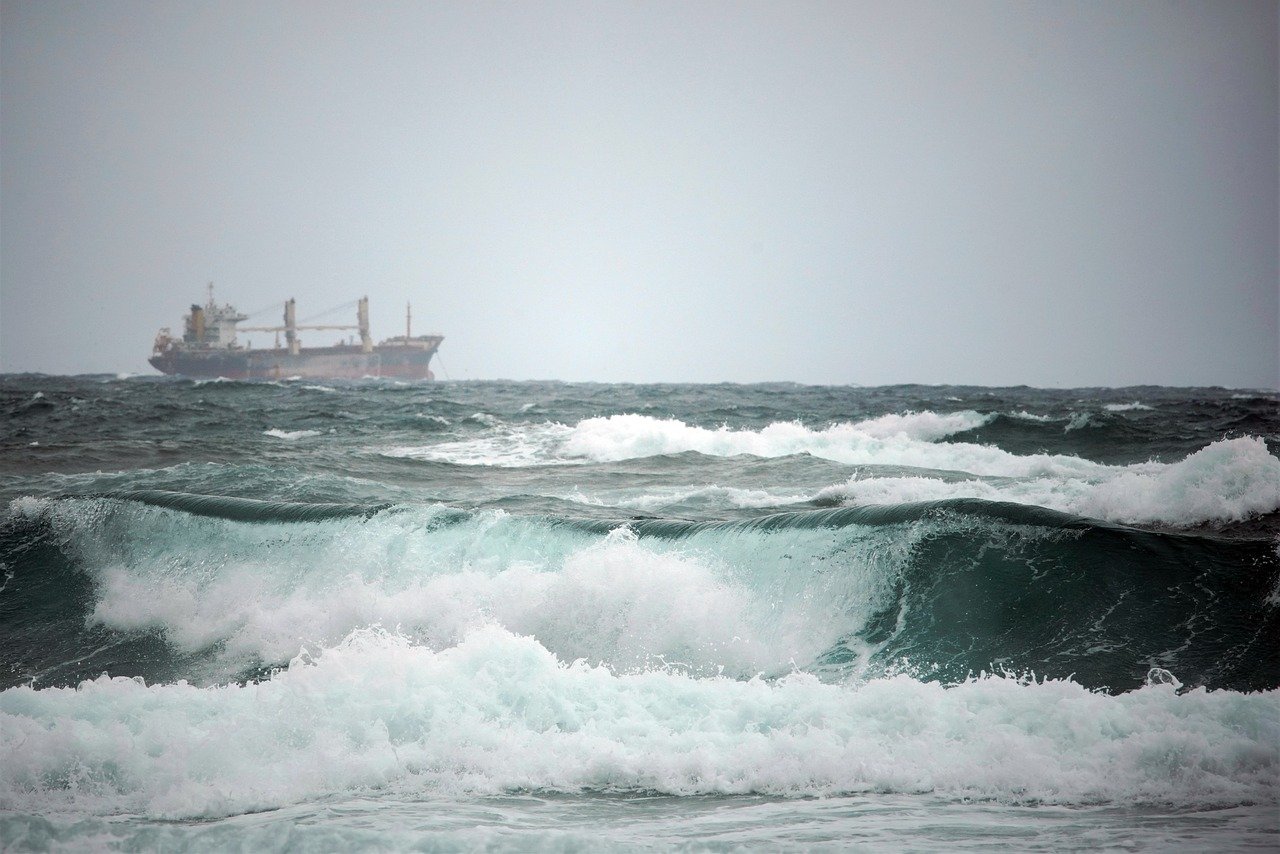The ship bow Key Features and Its Impact on Navigation
The bow of a ship is one of its most crucial components, playing a significant role in its design, stability, and navigation. As the forward part of a vessel, the bow not only contributes to the ship’s aesthetics but also affects its performance in various marine conditions. In this blog, we’ll explore the anatomy of the ship bow, its functions, and its importance in maritime operations.
What is the Ship Bow?
The bow is the front section of a ship, designed to cut through the water and reduce resistance. It is typically pointed and comes in various shapes and designs, depending on the type of vessel and its intended use. Understanding the bow’s structure and functionality is essential for anyone interested in maritime operations, shipbuilding, or navigation.
Anatomy of the Ship Bow
1. Bow Shape and Design
The shape of the bow can vary significantly among different types of vessels:
- Traditional Bow: Commonly found in cargo ships and tankers, this design emphasizes a sharp point to improve hydrodynamics.
- Bulbous Bow: Often used in larger vessels, this design includes a protruding bulb below the waterline, which reduces wave resistance and improves fuel efficiency.
- Clipper Bow: A design featuring a pronounced curve that enhances speed, often seen in sailing ships.
2. Bow Stem
The stem is the vertical portion of the bow that extends above the waterline. It serves as a structural element and supports the bow’s shape, impacting the ship’s overall stability.
3. Bow Thrusters
Many modern vessels are equipped with bow thrusters, which are propellers located at the bow that help maneuver the ship, especially during docking and undocking. These thrusters enhance control and make handling larger vessels easier in tight spaces.
4. Anchor and Chain Locker
The bow typically houses the anchor and chain locker. Anchors are essential for securing the vessel when stationary, and the design of the bow allows for efficient deployment and retrieval.
Importance of the Ship Bow
1. Hydrodynamics and Performance
The design of the bow significantly impacts a vessel’s hydrodynamics. A well-designed bow reduces drag, allowing the ship to move more efficiently through water. This efficiency translates to lower fuel consumption and better overall performance.
2. Stability and Safety
The bow’s shape contributes to the ship’s stability, particularly in rough seas. A properly designed bow helps maintain equilibrium, preventing excessive pitching and rolling that could jeopardize safety.
3. Maneuverability
Bow thrusters enhance maneuverability, making it easier for ships to navigate in tight harbors or congested waterways. This feature is particularly important for large vessels that require precise control during docking operations.
4. Weather Resistance
A well-structured bow is designed to withstand harsh marine conditions. It helps deflect waves and reduces water intrusion, protecting the vessel and its cargo from potential damage.
Challenges and Considerations
While the bow is integral to a ship’s design and function, several challenges can arise:
- Ice Navigation: Ships operating in icy waters may require specially reinforced bows (icebreakers) to navigate safely through thick ice.
- Corrosion: The bow, being constantly exposed to seawater, is susceptible to corrosion. Regular maintenance and protective coatings are essential to ensure longevity.
- Design Trade-offs: Shipbuilders must balance aesthetics, functionality, and cost when designing the bow, which can sometimes lead to compromises.
Conclusion
The bow of a ship is much more than just a forward structure; it is a key component that influences the vessel’s performance, stability, and safety. Understanding its anatomy and importance can help maritime professionals and enthusiasts appreciate the intricacies of ship design and navigation. Whether you’re involved in shipbuilding, navigation, or simply interested in maritime operations, recognizing the role of the ship bow is essential to understanding how vessels operate in the vast and often challenging marine environment.






